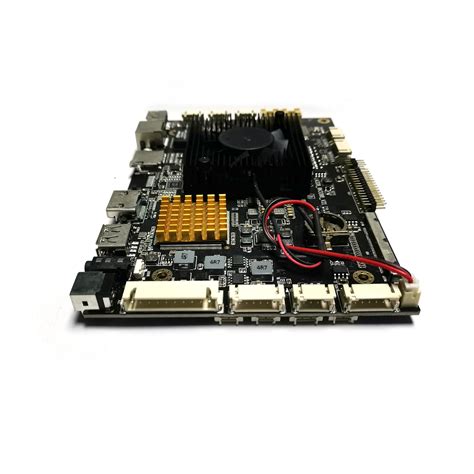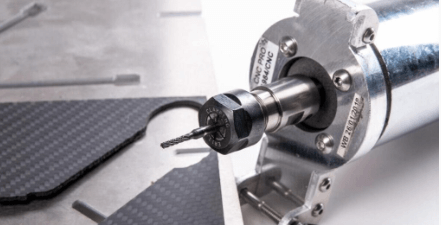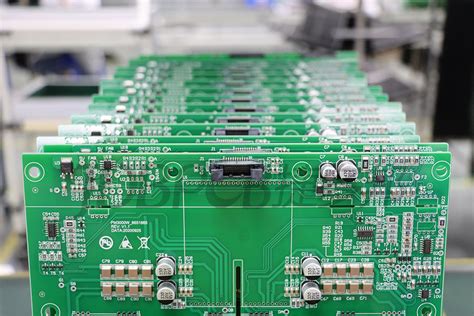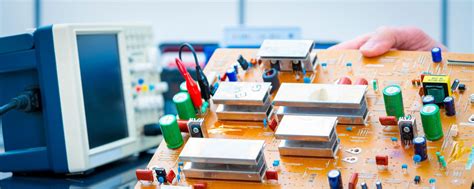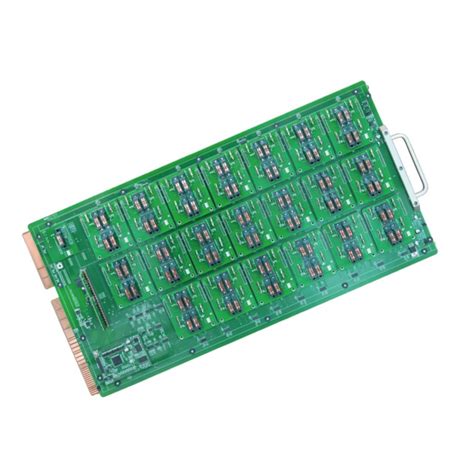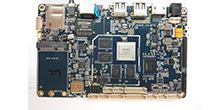PCB Surface Finishes: A Comprehensive Guide to Selection and Application
Printed Circuit Boards (PCBs) are the backbone of modern electronics, and their performance and reliability depend not only on the design and materials but also on the surface finish applied to the copper traces. The surface finish serves as a protective layer, preventing oxidation, enhancing solderability, and ensuring reliable electrical connections. With a variety of surface finish options available, selecting the right one for a specific application can be challenging. This article provides a comprehensive guide to PCB surface finishes, covering their types, advantages, disadvantages, and applications, as well as best practices for selection and implementation.
1. Introduction to PCB Surface Finishes
The copper traces on a PCB are highly susceptible to oxidation and corrosion, which can degrade electrical performance and solderability. A surface finish is applied to the exposed copper to protect it and provide a suitable surface for component soldering. The choice of surface finish impacts the PCB’s manufacturability, reliability, and cost. Factors such as the operating environment, component type, and assembly process must be considered when selecting a surface finish.

2. Types of PCB Surface Finishes
2.1 Hot Air Solder Leveling (HASL)
HASL is one of the most traditional and widely used surface finishes. It involves immersing the PCB in molten solder and then using hot air to level the solder coating.
- Advantages:
- Low cost.
- Excellent solderability.
- Suitable for through-hole and surface-mount components.
- Disadvantages:
- Uneven surface due to solder meniscus, which can cause issues with fine-pitch components.
- Thermal shock during the process may affect the PCB.
- Not suitable for high-density designs.
- Applications: Consumer electronics, industrial controls, and general-purpose PCBs.
2.2 Lead-Free HASL
Lead-free HASL is an environmentally friendly alternative to traditional HASL, using tin-copper or tin-silver-copper alloys instead of lead-based solder.
- Advantages:
- RoHS compliant.
- Good solderability.
- Cost-effective.
- Disadvantages:
- Higher processing temperatures compared to leaded HASL.
- Similar uneven surface issues as traditional HASL.
- Applications: RoHS-compliant consumer electronics and industrial applications.
2.3 Electroless Nickel Immersion Gold (ENIG)
ENIG is a two-layer surface finish consisting of a nickel layer followed by a thin gold layer.
- Advantages:
- Flat surface, ideal for fine-pitch components and high-density designs.
- Excellent oxidation resistance.
- Good solderability and wire bondability.
- Disadvantages:
- Higher cost compared to HASL.
- Risk of “black pad” defect due to improper nickel-gold bonding.
- Applications: High-reliability applications, such as aerospace, medical devices, and telecommunications.
2.4 Immersion Silver (IAg)
Immersion silver is a thin, uniform silver layer deposited directly onto the copper surface.
- Advantages:
- Flat surface, suitable for fine-pitch components.
- Good solderability.
- Cost-effective compared to ENIG.
- Disadvantages:
- Prone to tarnishing and oxidation over time.
- Limited shelf life.
- Applications: Consumer electronics, automotive, and industrial controls.
2.5 Immersion Tin (ISn)
Immersion tin involves depositing a thin layer of tin onto the copper surface.
- Advantages:
- Flat surface, suitable for fine-pitch components.
- Good solderability.
- Cost-effective.
- Disadvantages:
- Prone to tin whiskers, which can cause short circuits.
- Limited shelf life.
- Applications: Consumer electronics, automotive, and industrial controls.
2.6 Organic Solderability Preservative (OSP)
OSP is a thin, organic coating applied to the copper surface to prevent oxidation.
- Advantages:
- Flat surface, suitable for fine-pitch components.
- Cost-effective.
- Environmentally friendly.
- Disadvantages:
- Limited shelf life.
- Poor performance in multiple reflow cycles.
- Not suitable for wire bonding.
- Applications: Consumer electronics, computers, and telecommunications.
2.7 Electroless Nickel Electroless Palladium Immersion Gold (ENEPIG)
ENEPIG is a three-layer surface finish consisting of nickel, palladium, and gold.
- Advantages:
- Excellent solderability and wire bondability.
- Suitable for mixed-technology assemblies (SMT and through-hole).
- Resistant to corrosion and oxidation.
- Disadvantages:
- Higher cost compared to other finishes.
- Complex process.
- Applications: High-reliability applications, such as aerospace, medical devices, and advanced telecommunications.
2.8 Hard Gold
Hard gold is a thick layer of gold deposited over a nickel underlayer, typically used for edge connectors and keypads.
- Advantages:
- Excellent wear resistance.
- Long shelf life.
- Superior electrical performance.
- Disadvantages:
- High cost.
- Poor solderability due to the hardness of the gold.
- Applications: Edge connectors, keypads, and high-wear applications.
2.9 Soft Gold
Soft gold is a thin layer of pure gold deposited over a nickel underlayer, used for wire bonding.
- Advantages:
- Excellent wire bondability.
- Good solderability.
- Resistant to oxidation.
- Disadvantages:
- High cost.
- Limited wear resistance.
- Applications: Wire bonding applications, such as semiconductor packaging.
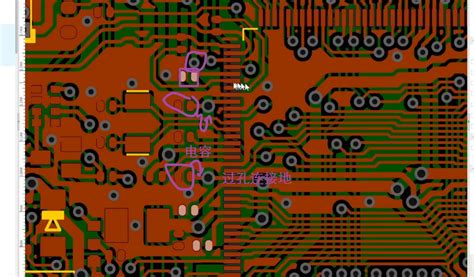
3. Factors to Consider When Selecting a Surface Finish
3.1 Application Requirements
The operating environment and performance requirements of the PCB play a significant role in surface finish selection. For example, high-reliability applications may require ENIG or ENEPIG, while cost-sensitive consumer electronics may use HASL or OSP.
3.2 Component Type
The type of components used on the PCB influences the choice of surface finish. Fine-pitch components require flat surfaces, making ENIG, IAg, or ISn more suitable.
3.3 Assembly Process
The assembly process, including soldering and reflow, must be compatible with the surface finish. For example, OSP is not suitable for multiple reflow cycles, while ENIG and ENEPIG are more robust.
3.4 Cost
Cost is a critical factor, especially for high-volume production. HASL and OSP are cost-effective options, while ENIG and ENEPIG are more expensive.
3.5 Shelf Life
The shelf life of the PCB depends on the surface finish. OSP and IAg have limited shelf lives, while ENIG and hard gold offer longer protection.
4. Best Practices for PCB Surface Finish Application
4.1 Surface Preparation
Ensure that the copper surface is clean and free of oxidation before applying the surface finish. Proper cleaning and micro-etching are essential for good adhesion.
4.2 Process Control
Maintain strict control over the surface finish process parameters, such as temperature, immersion time, and chemical concentrations, to ensure consistent quality.
4.3 Inspection and Testing
Perform visual inspection and solderability testing to verify the quality of the surface finish. Advanced techniques, such as X-ray fluorescence (XRF), can be used to measure layer thickness.
4.4 Storage and Handling
Store PCBs in a controlled environment to prevent oxidation and contamination. Use anti-static packaging and handle PCBs with care to avoid damage to the surface finish.
5. Emerging Trends in PCB Surface Finishes
5.1 Nanotechnology-Based Finishes
Nanotechnology is being explored to develop advanced surface finishes with improved properties, such as enhanced solderability and corrosion resistance.
5.2 Environmentally Friendly Finishes
With increasing environmental regulations, there is a growing demand for RoHS-compliant and lead-free surface finishes, such as immersion silver and OSP.
5.3 Hybrid Finishes
Hybrid finishes, combining the advantages of multiple surface finishes, are being developed to meet the demands of complex PCB designs.
6. Conclusion
PCB surface finishes play a critical role in ensuring the performance, reliability, and manufacturability of electronic devices. With a wide range of options available, selecting the right surface finish requires careful consideration of application requirements, component type, assembly process, and cost. By understanding the advantages and disadvantages of each surface finish and following best practices for application and inspection, designers can optimize their PCB designs for success. Emerging trends, such as nanotechnology-based finishes and environmentally friendly options, are shaping the future of PCB surface finishes, offering new possibilities for innovation and performance enhancement.

